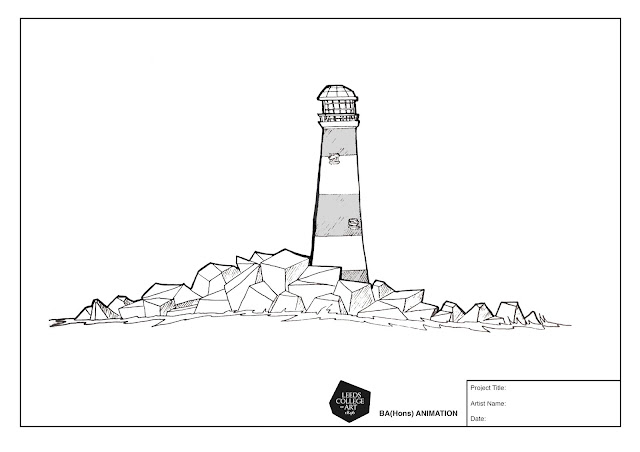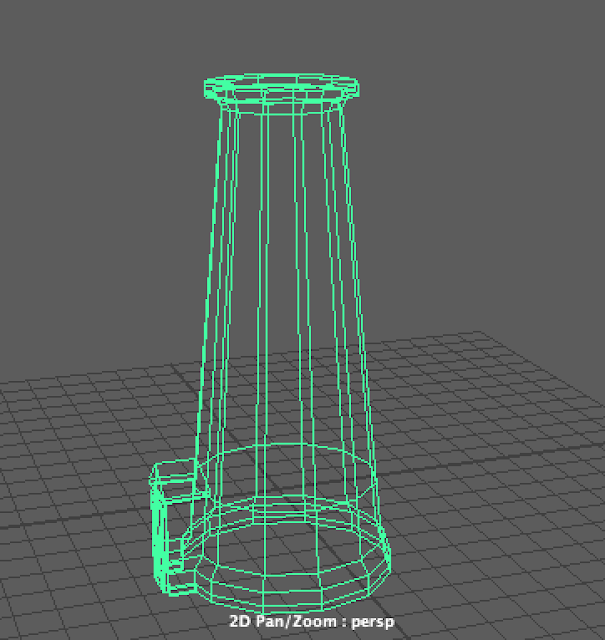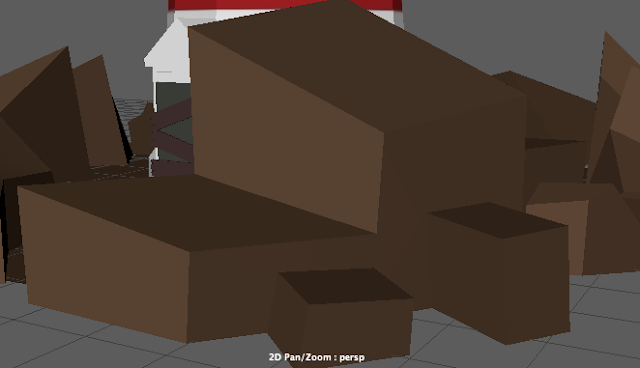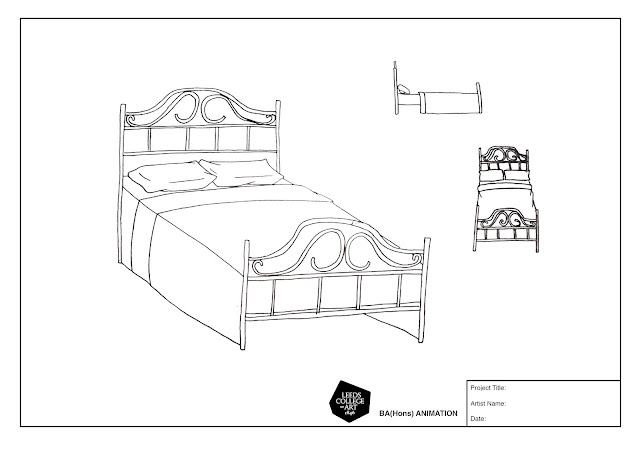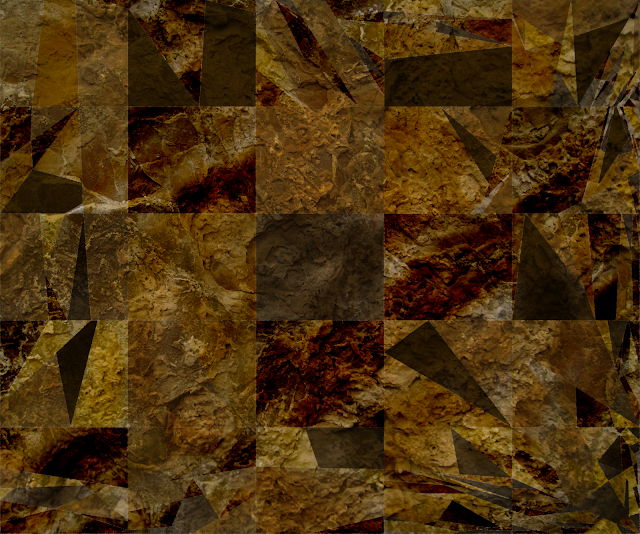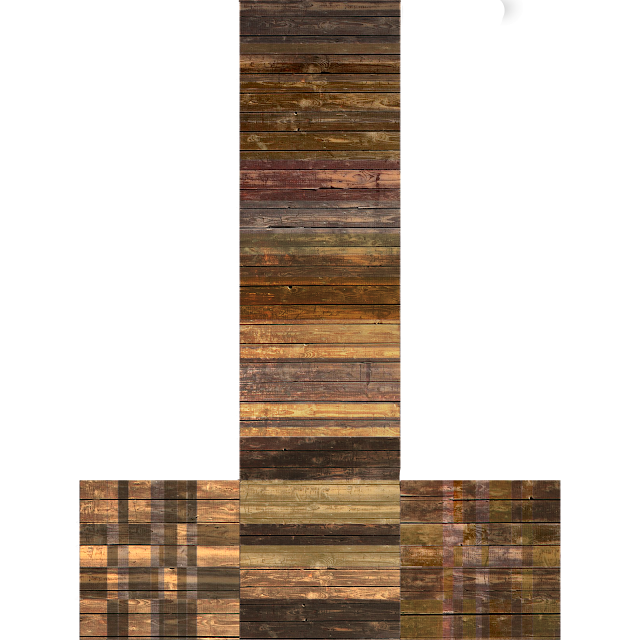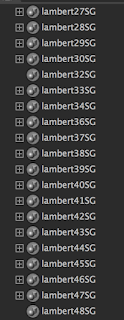One of the key examples of 2.5D animation I hoped to emulate at the beginning of this project was the Gorillaz Music Videos designed by Jamie Hewlett. Videos such as 'Clint Eastwood', and 'Feel Good Inc' incorporate fully 3D backgrounds and assets in their animation, alongside live action footage. This creates a sort of montage aesthetic, reminiscent of the zine culture from which Hewlett's early work on Tank Girl emerged. This style, while proving that 2.5D animation can be visually appealing and work across a variety of different art styles, is a little ambitious for the limitations that have been placed upon me. Environments in many Gorillaz videos are fully rendered in 3D with camera movement and lighting that is just not possible to replicate with 2D Assets, or at least not possible to replicate to the standard required for a well produced animation. In the 'Feel Good Inc' music video, grass flutters in the wind as the camera orbits the character Noodle playing a CG rendered acoustic guitar as light bounces off the windmill in the background. This shot represents a perfect fusion of the two mediums of 2D and 3D, light on the character is moves with the light of the environment. It's a beautifully conceived shot made possible only by the animators fully embracing the tools at their disposal.
This style of animation, while appealing, is incredibly expensive and time consuming however, and not necessarily a feasible undertaking for every project. For music videos as well as other more artistically oriented endeavours where strict deadlines and marketability are less important, this approach works, but it is not a style or technique you see often in more commercial work. Feel Good Inc's music video is clearly a labour of love from the animators involved in the project and it shows in the densely detailed animation. It is also clear that a relatively large team of animators worked on this video, which is another limitation of 2.5D animation. This level of detail, both in the 2D and CG animation is something that could only be achieved by a sizeable studio, due to the artstyle and sheer number of individual unique assets. It is probable that a smaller team looking to apply this technique would have to drastically alter the artstyle and possibly tone down the detail of the animation if they were tasked with this project or else risk missing the deadline, no matter how lenient.
This style of animation, while appealing, is incredibly expensive and time consuming however, and not necessarily a feasible undertaking for every project. For music videos as well as other more artistically oriented endeavours where strict deadlines and marketability are less important, this approach works, but it is not a style or technique you see often in more commercial work. Feel Good Inc's music video is clearly a labour of love from the animators involved in the project and it shows in the densely detailed animation. It is also clear that a relatively large team of animators worked on this video, which is another limitation of 2.5D animation. This level of detail, both in the 2D and CG animation is something that could only be achieved by a sizeable studio, due to the artstyle and sheer number of individual unique assets. It is probable that a smaller team looking to apply this technique would have to drastically alter the artstyle and possibly tone down the detail of the animation if they were tasked with this project or else risk missing the deadline, no matter how lenient.
Test Render I did early on in production of what the animation might have looked like using the Ocean Shader.
With this project I can't help but feel a little restricted by my collaborator (as well as my lack of knowledge of the tools), however, since the beginning of the module I have been determined to make the most of it. Originally for the water, which plays a huge role in our animation, I wanted to create it in Maya, generating an oceanscape using the ocean shader tool. The plan was to use a script which my tutors has shown me in Maya which allows for objects to interact with the movement of the waves, to animate the bed/boat floating across the ocean while making the most of Mayas tools. Then we would produce a skybox dome for the more abstract environmental details of the dreamscape. There is even a plugin for creating skyboxes in Maya, so a lot of this wouldn't have been too much hassle. Ultimately, none of these ideas came to fruition, and I can't help but feel a little disappointed. Using Maya as the primary workspace would have allowed for realtime lighting, realistic wave physics and generally would have pushed me as a practitioner more than the process I ended up settling on with my partner.























